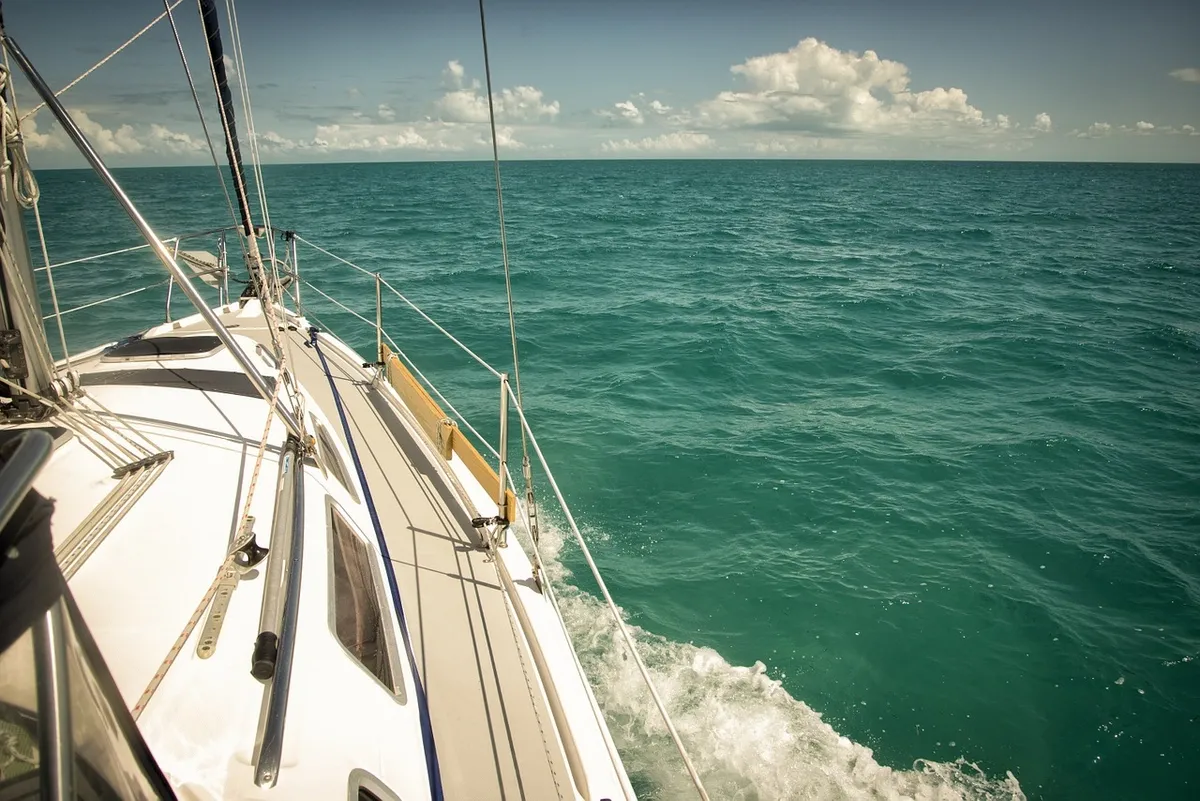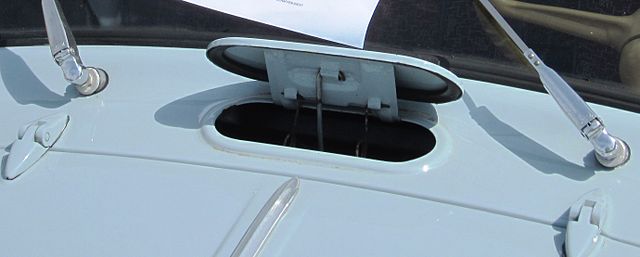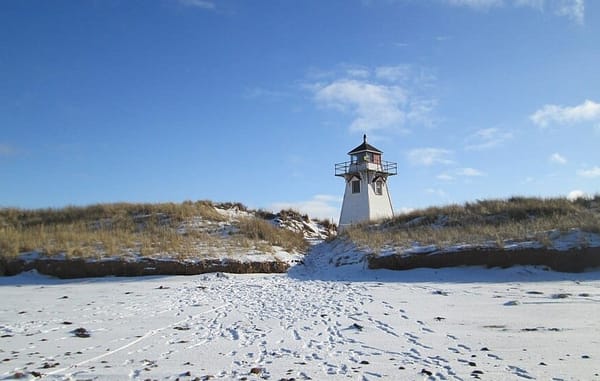Types of Marine Ventilation: A Guide to Keeping Boats Breathable

Whether you’re on the open water or docked at a private boat slip rental, proper ventilation is crucial for maintaining a safe and healthy onboard environment. An essential aspect of marine engineering, it helps regulate temperature, humidity, air quality and the removal of hazardous fumes. It also ensures that boats are well-equipped to handle the unique challenges of operating on the open water.
Let’s discuss a few types of marine ventilation to keep your boat safe.

Photo: Wikimedia
Natural Ventilation
As the name suggests, natural ventilation relies on the use of natural elements like wind and temperature differences to facilitate air exchange on board a ship. One common method of natural ventilation is the use of wind scoops (or cowls), which are strategically placed on deck or in the superstructure. They catch the wind and direct it into the living spaces below.
Wind scoops are designed to take advantage of the prevailing wind direction to draw fresh air into the ship's interior while expelling the stale air. This type of ventilation is often used in combination with other natural ventilation techniques, such as opening portholes or hatches, to create a flow of fresh air throughout the boat while cruising or at a private boat dock for rent.
Forced Ventilation
Forced ventilation, also known as mechanical ventilation, relies on mechanical systems to circulate and exchange air on board a boat. This type is commonly used in areas where natural ventilation is insufficient, such as engine rooms, cargo holds and other enclosed spaces.
Mechanical ventilation systems typically consist of fans or blowers that draw in fresh air from outside and expel stale air or fumes to the outside. These systems may also include filters to remove contaminants from the air, ensuring that the air inside the boat is clean and safe to breathe. Forced ventilation is essential for maintaining a healthy working environment for crew members, guests, and yourself as well as for the safety of cargo and equipment.
Exhaust Ventilation
Exhaust ventilation is a type of forced ventilation that focuses on removing specific types of air contaminants, such as fuel fumes or odors, from the boat’s interior. This type is commonly used in areas where hazardous gasses or chemicals are present, such as in engine rooms or chemical storage areas.
Exhaust ventilation systems include ductwork, fans and exhaust hoods or vents that are strategically placed to capture and remove contaminated air from the boat’s interior. These systems may also incorporate filters or scrubbers to remove or neutralize harmful substances before they’re released into the environment.
Supply Ventilation
Supply ventilation is another type of forced ventilation that focuses on providing fresh air to specific areas of a vessel. This type is often used in living spaces, such as cabins or mess halls, to ensure that crew members have access to clean air for breathing and to regulate temperature and humidity levels.
Supply ventilation systems include fans or blowers that draw in fresh air from outside and distribute it through ductwork or vents to the designated areas of the boat or ship. These systems may also include filters to remove contaminants from the incoming air and may be combined with other types of ventilation systems to create a comprehensive ventilation strategy for the entire ship.
Air Conditioning Ventilation
Air conditioning ventilation is a specialized type of forced ventilation that focuses on regulating temperature and humidity levels on board. This type is used in areas where precise control of environmental conditions is required, such as in control rooms, data centers or sensitive equipment spaces.
Air conditioning ventilation systems include air handlers - compressors and refrigeration units that work together to cool or heat the air - and dehumidifiers to remove excess moisture from the air. These systems may also incorporate filters to remove contaminants and maintain air quality while docked at a private boat lift rental or out on the water.



